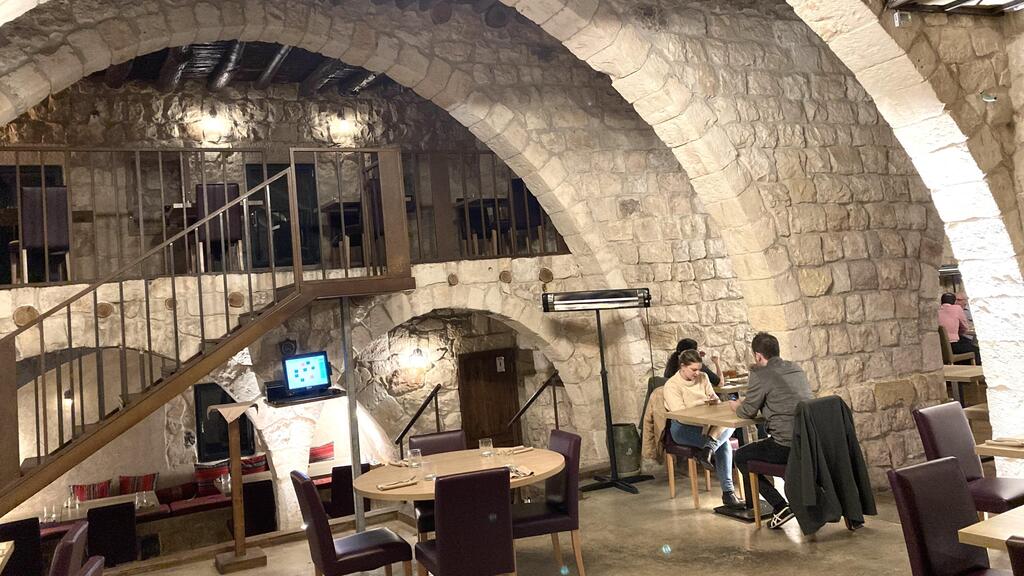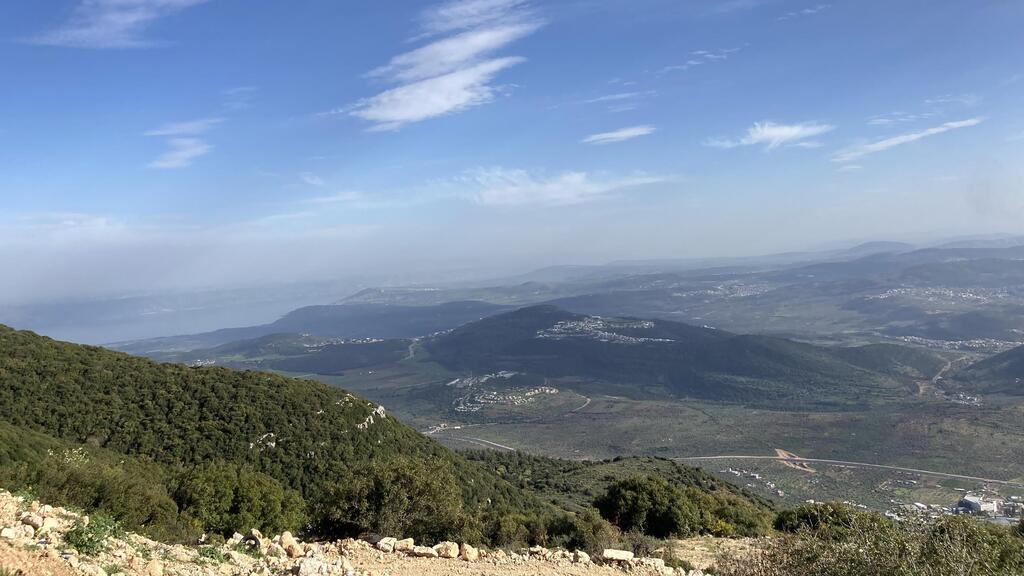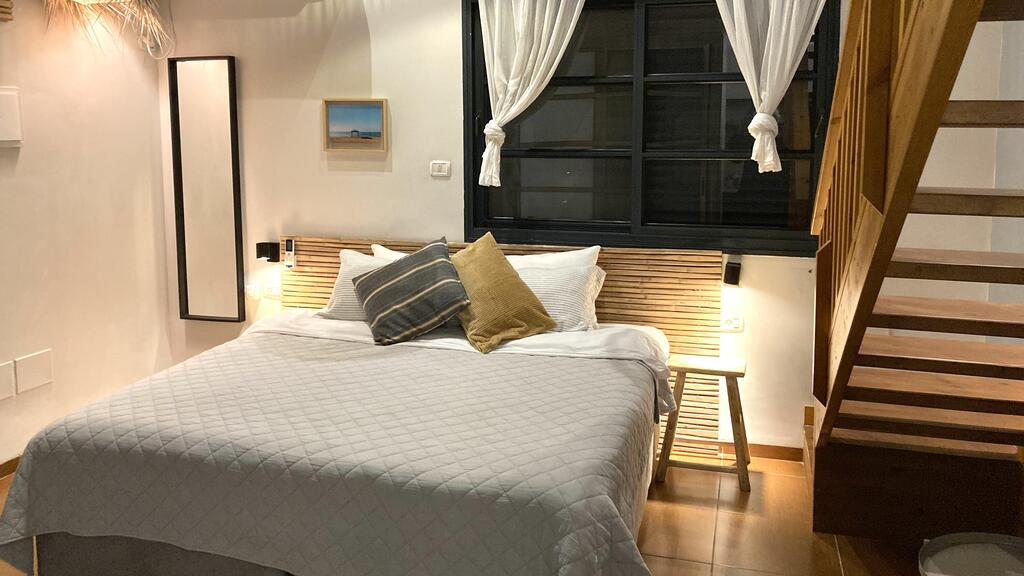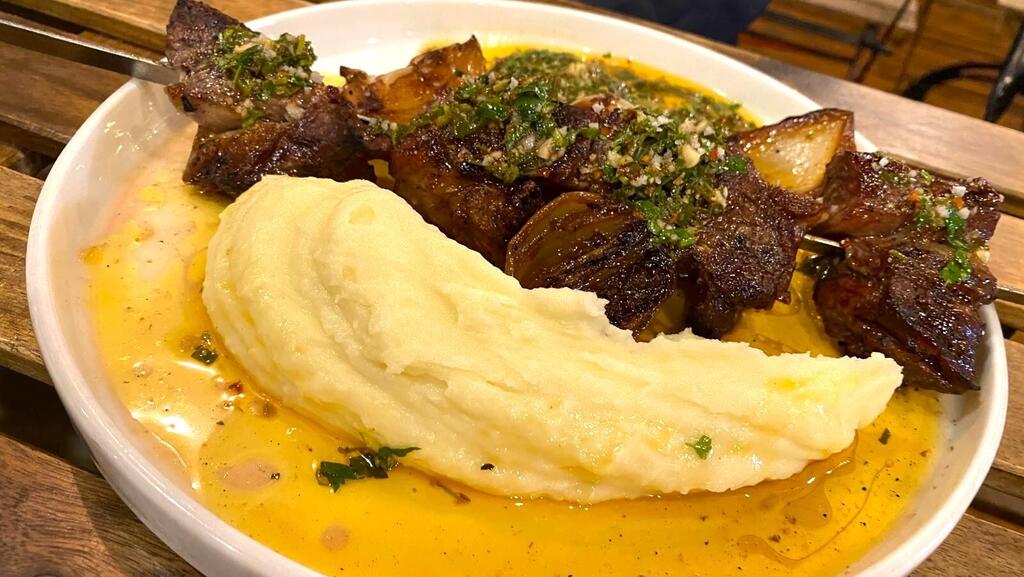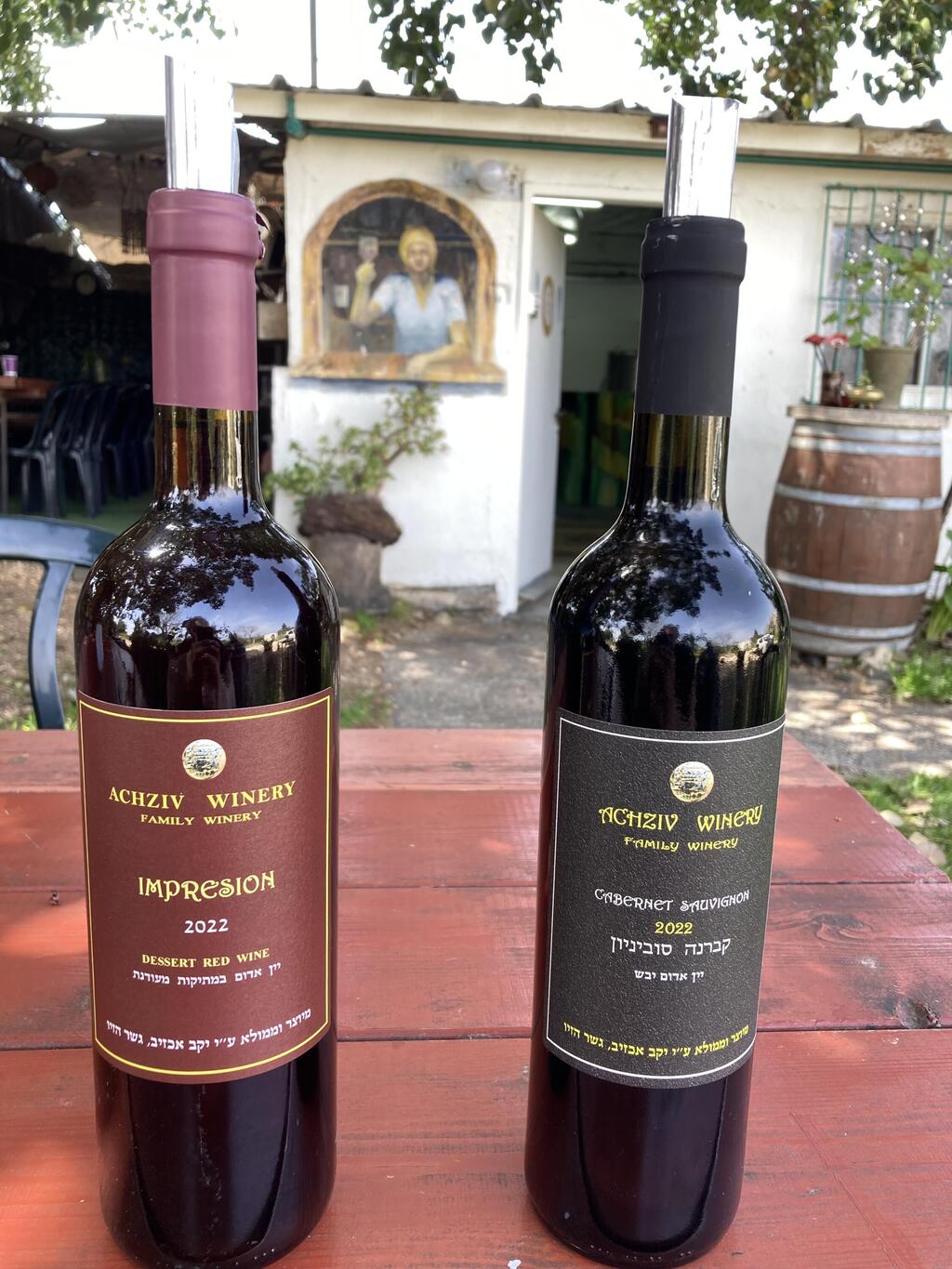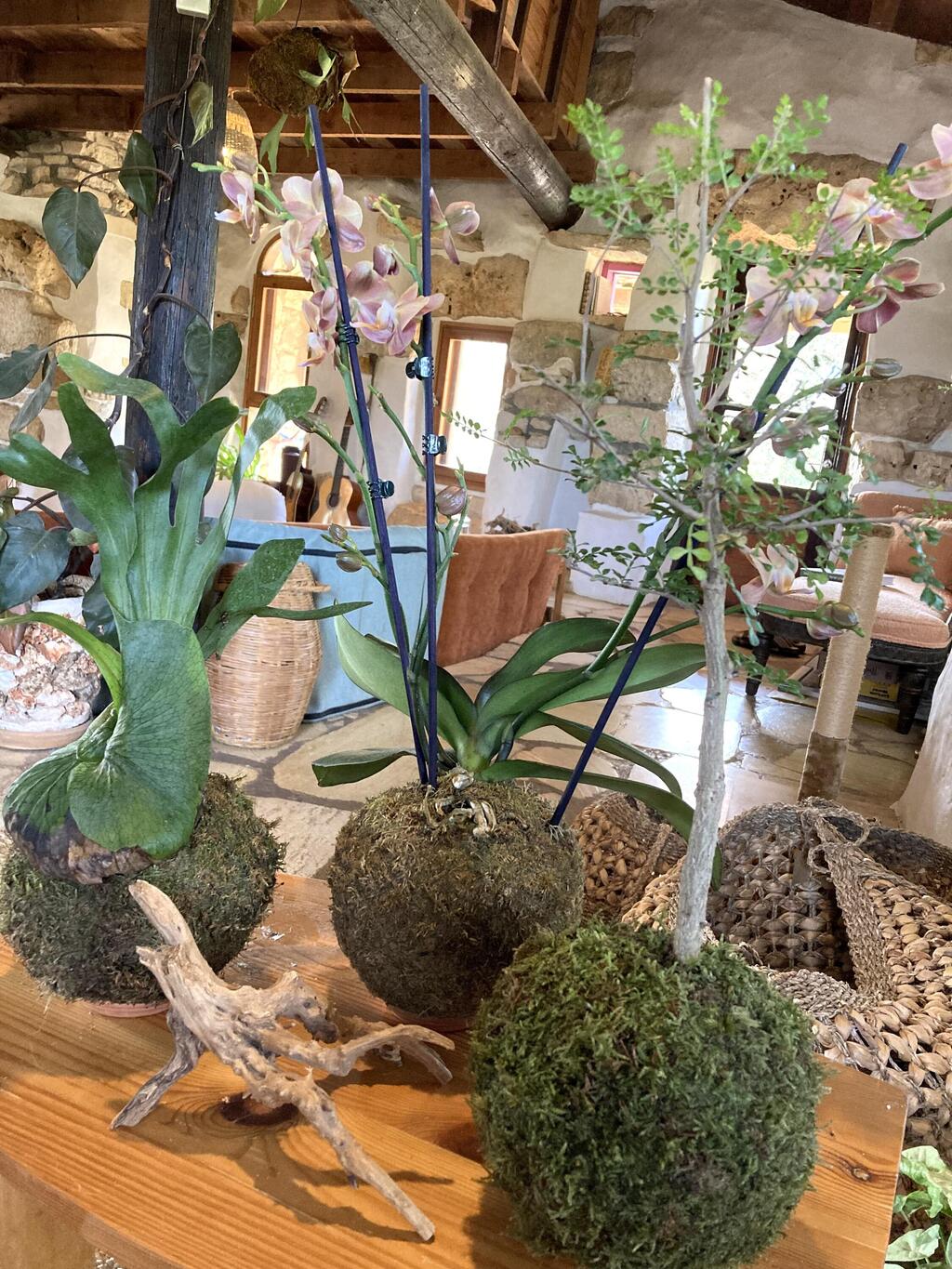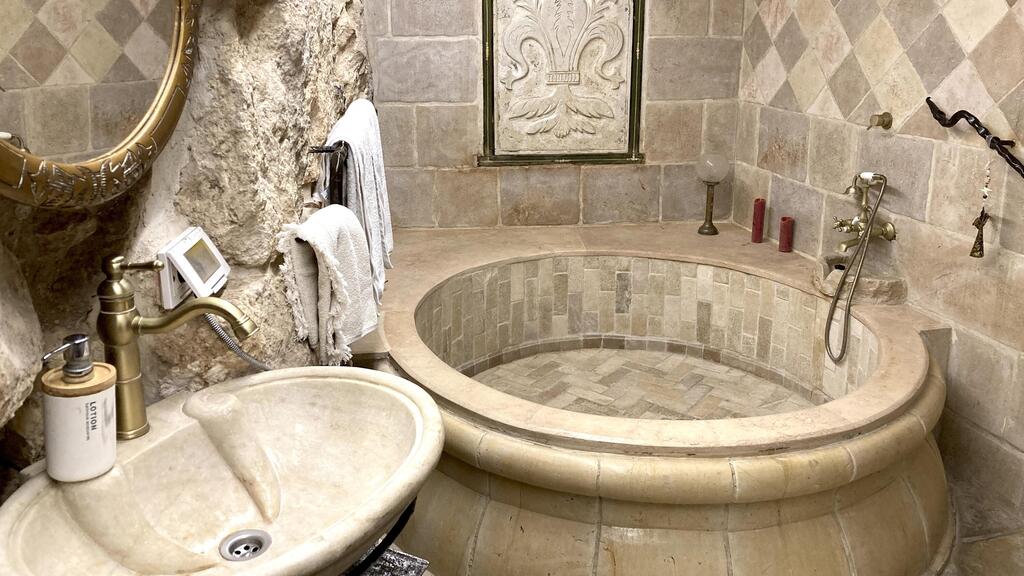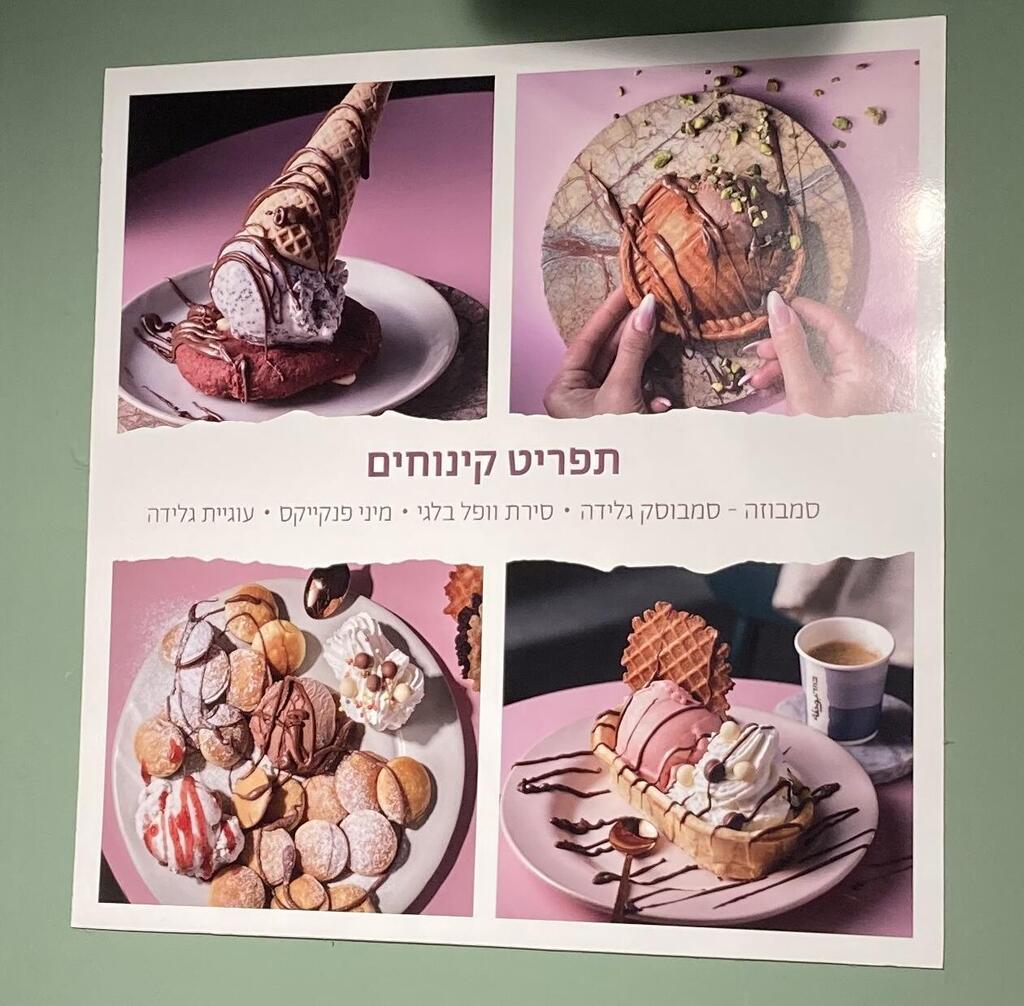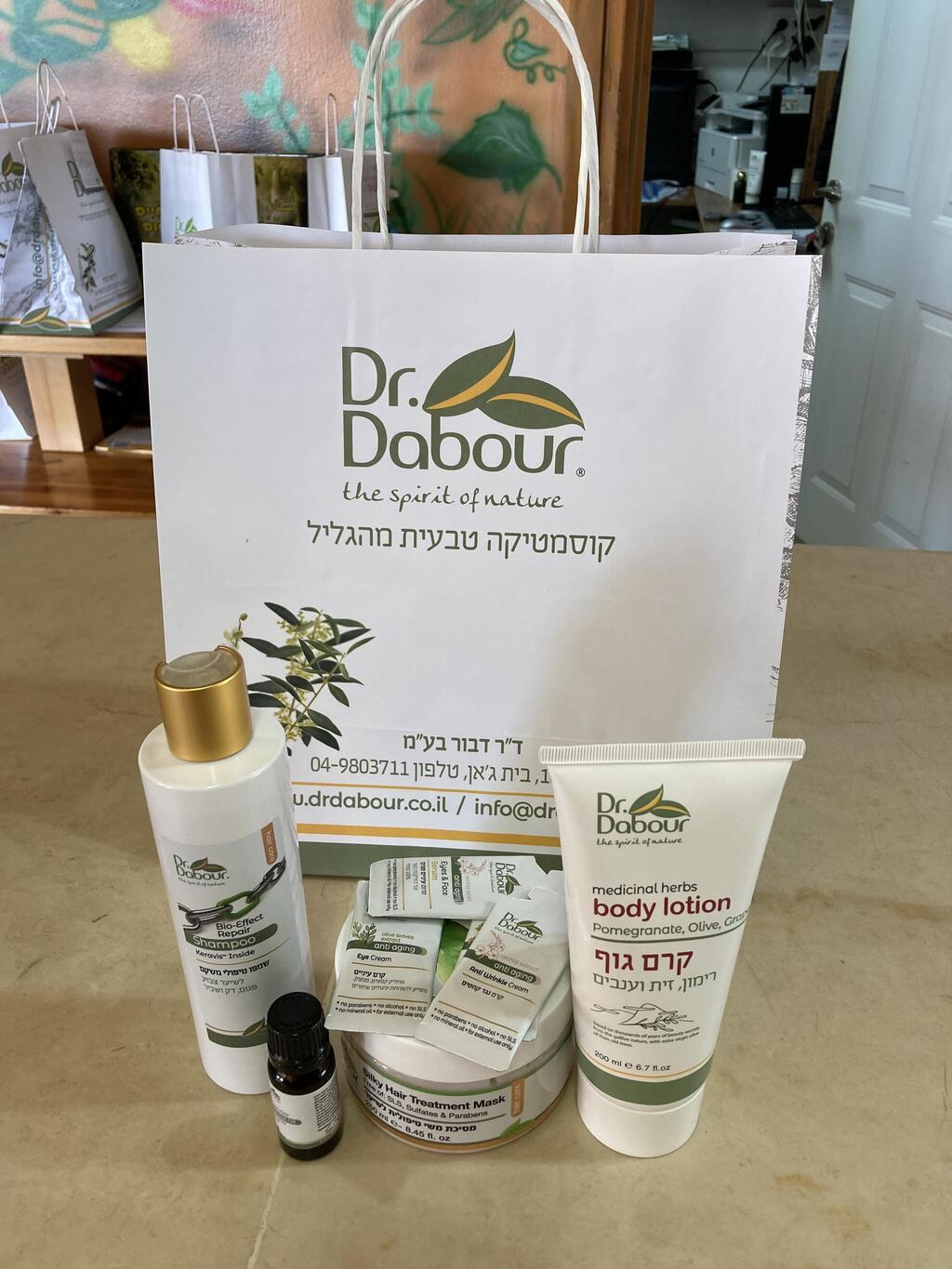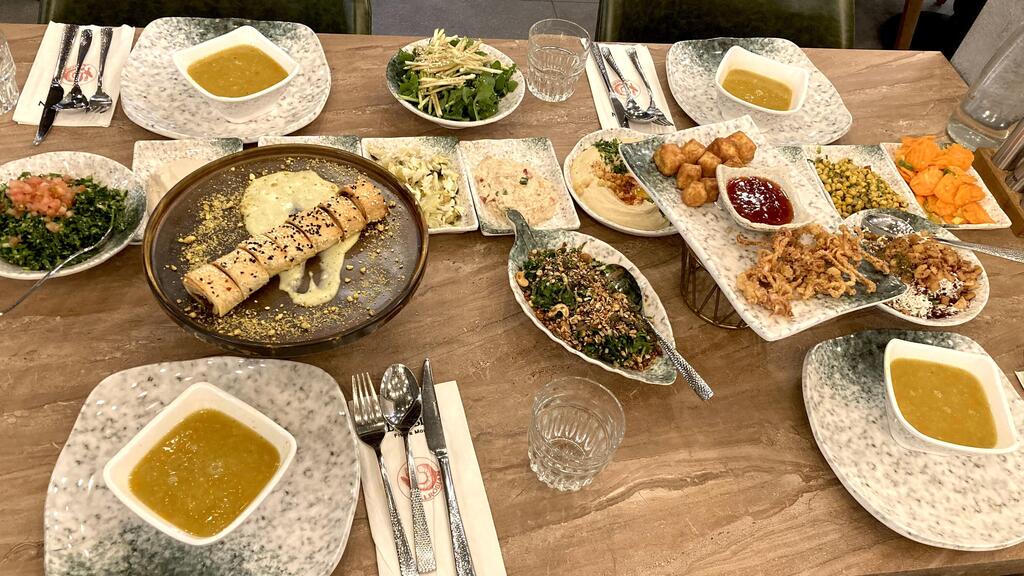As much of the country was thrust back into the turmoil of renewed rocket launches from Gaza, incoming missiles from Yemen and sporadic attacks on the upper Galilee from Lebanon, one region has quietly become an unexpected oasis of calm: the western Galilee, where residents are once again welcoming visitors eager to embrace spring in the verdant hills just 90 minutes away from central Israel.
Soon after the cease-fire with Hezbollah first took hold at the beginning of the year, we ventured north and reported in these pages on the tourism enterprises that were just reopening their doors after more than a year of war. Now, in part two of our return to the western Galilee, we venture a bit further inland – and discover a vibrant mosaic of cultural and gastronomic diversity, within a remarkably compact zone of exploration.
Now is the perfect time of year to get out in nature: when the lower Galilee’s ranges of rolling hills are at their most lush and green, from winter rains. This year in particular, the Open North initiative (sponsored by Mifal HaPayis) is offering free admission to a host of attractions and national parks in the month of April.
"More good news is that there is a comprehensive bilingual website that can help guide travelers through all aspects of planning a trip: from lodging/accommodations to restaurants to sightseeing attractions and activities in which to participate. The non-profit Treasures of the Galilee project is the brainchild of philanthropist Mrs. Raya Strauss Ben-Dror, of Strauss dairy and food conglomerate fame."
The coast
We began our latest trip by driving straight up the coastal highway (Route 2, which merges into Route 4 as you enter Haifa) to Shavei Zion, a community between Akko and Nahariya with a venerable pre-state history. If the hotels we covered previously were geared more toward adults and couples, this time we are making sure to feature a property that definitely falls into the family-friendly category: Dolphin Village, just steps away from the waters of the Mediterranean.
The welcoming entrance to Dolphin Village leads to 22 split-level bungalows that fall into two categories: for couples and for families. Couples have the choice of regular or deluxe units, the latter equipped with whirlpool bathtubs, while families can choose by size, with larger bungalows sleeping up to seven people.
All bungalows are equipped with kitchenettes, as well as indoor and outdoor sitting areas, making for privacy and convenience. Some units even have parking right in front of the door.
While there is no swimming pool, given the proximity of the beach, there are inviting facilities in public areas, including a dry sauna, large whirlpool tub, outdoor shower, fitness room, yoga classes. There are also picnic areas, complete with giant barbecue grills.
We wanted to have dinner as close to possible to the hotel, but did not find any suitable places on the Treasures of the Galilee website. Our own search, however, did turn up a couple of interesting candidates just a few kilometers away, in Kibbutz Lohamei HaGeta’ot.
We ended up at Colombo, an informal restaurant whose digs – hardly more than a shack, really – belie the quality of the food that emerges from the small kitchen. The one-page menu (in Hebrew only, but the waitress speaks good English) rotates daily, more or less depending on the day of the week; and there are enough dishes of varying sizes and variety – including vegetarian/vegan and gluten-free options – to satisfy any diner.
We very much enjoyed our appetizer of arancini, followed by fish arais and a super-long skewer of ribeye steak. The lone dessert – hailed as “the best cream puff in the world,” an overstatement, to say the least – was a tiny sweet bite. On the whole, our meal at Colombo was very reasonably priced and thus represents excellent value.
A complimentary daily breakfast is served in the hotel’s dining area, where a sophisticated coffee machine is also stationed for guests’ convenience 24/7. On those days when there are not enough guests to justify the hotel’s staff preparing a breakfast buffet, guests are given a voucher to enjoy a generous and delicious breakfast/brunch at the nearby Breakfast Club restaurant.
Afternoon activities
After exploring the immediate environs of Shavei Zion, including ancient ruins with a well-preserved mosaic floor, we headed north to a small winery located opposite Achziv Beach, just north of Nahariya. Fittingly named Achziv Winery, it is the passion of artist-turned-winemaker Marek Guberman, who opened his boutique winery in a former studio located in a compound together with other artists who still work there.
Guberman produces several thousand bottles a year of red wine – including a specialty sweet dessert wine – which he sells only on the premises. Tastings of the vintages, accompanied by platters of cheese, are held regularly on weekends (alternatively, they may be scheduled on a weekday, by appointment only).
We spent a very pleasant hour in the winery courtyard, sipping fine wine, breathing fresh air, taking in the view of the majestic hills demarcating the border with Lebanon, and listening to the proprietor explain the Phoenician history behind the logo on his labels.
Thus fortified, we headed south to the rather new-agey community of Klil, where we were to be introduced to a concept I had never heard of before: kokedama – balls of soil, covered with moss, in which ornamental plants are grown. In fact, we went to attend a kokedama workshop, led by a young woman who had learned the art in Japan, where it originated.
The workshops are led by Reut Agam, who proceeded to create a kokedama from scratch, and encouraged us to try our own hand at the process along with her. We elected merely to observe and learn, but it was no less enjoyable and enlightening just to watch this distinctive form of botanical art take shape.
Heading inland
The weather is perfect this time of year, when the Galilee is never too hot – even if you exchange the cooling breezes from the sea for the modest elevations of the hills further inland. And that is where he headed next: to the Christian Arab village of Mi’ilya.
Our designated hotel was Chateau du Roi, a unique property comprising a boutique hotel, restaurant and pub incorporated into a 300-year-old fortress built on the foundations of a 12th-century Crusader castle. It is truly a “wow” moment when you open the door to your guest room and see the quarters within the ancient stone walls. And if you happen to be assigned (or request) Room #3, be prepared to see one of the most amazing bathrooms in any hotel anywhere in the world.
Dinner was just steps from the door of our room, in the eponymous restaurant of the hotel, an extension of the same stone building evoking previous centuries. Sections of the ancient foundations of the Crusader fortress are even visible under the transparent glass floor in parts of the restaurant.
Get the Ynetnews app on your smartphone: Google Play: https://bit.ly/4eJ37pE | Apple App Store: https://bit.ly/3ZL7iNv
Chateau du Roi the restaurant (pictured above) offers an extensive menu, although the cuisine is far from being local: it is Italian, and prepared by a chef who travels back and forth between Padua and Mi’ilya. The star of the dinner experience is a special degustation menu: seven (or an optional eight) courses that reflect a wide range of authentic Italian specialties and leave even the most discerning diner satiated to the max.
Mi’ilya itself is a very interesting town to explore, from the lovely Orthodox church in the square adjacent to the hotel, to a local distillery and winery, both nestled among homes in residential areas. Read more about these fun places to visit in this previous article published here.
If dinner features foreign cuisine, breakfast is quite the opposite: local Galilean delicacies are served, instead of the usual breakfast buffet common to most hotels in Israel. There are some rare treats here, brought into the restaurant from the kitchens of talented homemaker cooks living in the village.
In lieu of the missing familiar pastries at breakfast, after checking out we headed to nearby Kibbutz Sasa, headquarters of the Buza ice cream factory and parlor. Buza – which means ice cream in Arabic – is a heartwarming realization of the potential of ethnic coexistence in our country: this very successful company – with franchise outlets now across the nation – is owned and operated by two partners from different communities and backgrounds – Adam Ziv from Sasa, and restaurateur Alaa Swetat from Tarshiha (Alaa is also the chef/owner of Aluma).
It is not easy to choose among the myriad flavors of Buza ice cream – with new twists constantly being introduced – but fortunately you may taste samples before ordering. There are options for everyone, even vegans and calorie counters (sugar-free). Take the opportunity to try unique flavors inspired by the region, such as knafeh, Ras al Hanout and Beirut Nights.
A particularly scenic route takes one from Sasa to the Druze village of Beit Jann, home of the natural cosmetics laboratory of Dr. Ziad Dabour, one of Israel’s leading professors of pharmacology. Dr. Dabour has devoted the last decade or so to the process of extracting the medicinal properties of plants and herbs that grow in Galilee, by means of utilizing cutting edge pharmacological technology.
The result is a comprehensive line of natural products for hair and skin care, as well as formulations for anti-aging and treating skin pathologies. The welcoming Dr. Dabour Visitors’ Center comprises an indoor video presentation area and showroom, as well as an outdoor garden with picnic tables, for lingering amid lush and healthful vegetation. The shop is managed exclusively by local women, as part of Dr. Dabour’s mission to empower women in the Drzue community.
Dr. Dabour was also keen to show us more of the beauty of Beit Jann’s surroundings, directing us to the scenic outlook of Har HaAri, overlooking the Mt. Meron Nature Reserve. Towering over the ridges and valleys of the lower Galilee at an altitude of just over a kilometer, the outlook affords one of the most stunning views in all of Israel, as one can see in one panoramic sweep (pictured above) both the Mediterranean Sea to the west and the Sea of Galilee to the east.
Flanking Har HaAri is a memorial to the fallen IDF soldiers of Beit Jann, the municipality that, tragically, has suffered the largest number of IDF casualties among the Druze population. Opposite the memorial is a moving tribute to the bond that exists between Jews and Druze brethren who serve the state of Israel: a trail for hiking, biking and horseback riding in a park dedicated to bereaved families – and donated in memory of Rita Goldman of New York.
As our full day drew to a close, we headed for our final dinner of the trip, at Al Robian restaurant, strategically situated at Yuvalim Junction. Al Robian (the Arabic word for shrimp) was a fitting venue for a farewell repast, as it closed out our three days with evening meals at one restaurant each owned, respectively, by a Jew, a Christian and a Muslim.
The dietary laws at Al Robian are the equivalent of kosher lemehadrin, since no alcohol whatsoever is to be found, not even beer or wine. Yet the restaurant’s popularity is undeniable: we were fortunate to have reservations, since the place was completely booked.
Our dinner began, somewhat as expected, with a huge spread of mezze and salads, which in itself has the makings of a complete meal. Vegetarians and vegans, therefore, would find more than adequate menu choices here. Plus, one unusual – and addictive – intermediate course consisted of cubes of local cheese, deep fried and succulent.
Main courses revolve around fish, seafood and mutton, and we feasted on specialties of the house: shrimp and fillet of sea bass, in different versions of rosé sauce. We also observed in amazement as other tables were served huge legs of mutton, perfectly gilled and garnished with shining slivered almonds.
Dessert was, not surprisingly, knafeh – a version that was not overly sweet. The service was impeccable, and the owner shared with us that his weekends are generally full with regular customers from Jewish cities and towns near and far.
One final note: In these uncertain times, it is difficult for any tourism website to keep track of closings and re-openings in real time, and Treasures of the Galilee is no exception. In particular, the English version of the website lags significantly behind the Hebrew one in being updated (or even translated from the outset). Thus, the important disclaimer on key search results pages: "Please make sure that the businesses you are interested in have reopened following the ceasefire.”
The author was a guest of the establishments visited.


